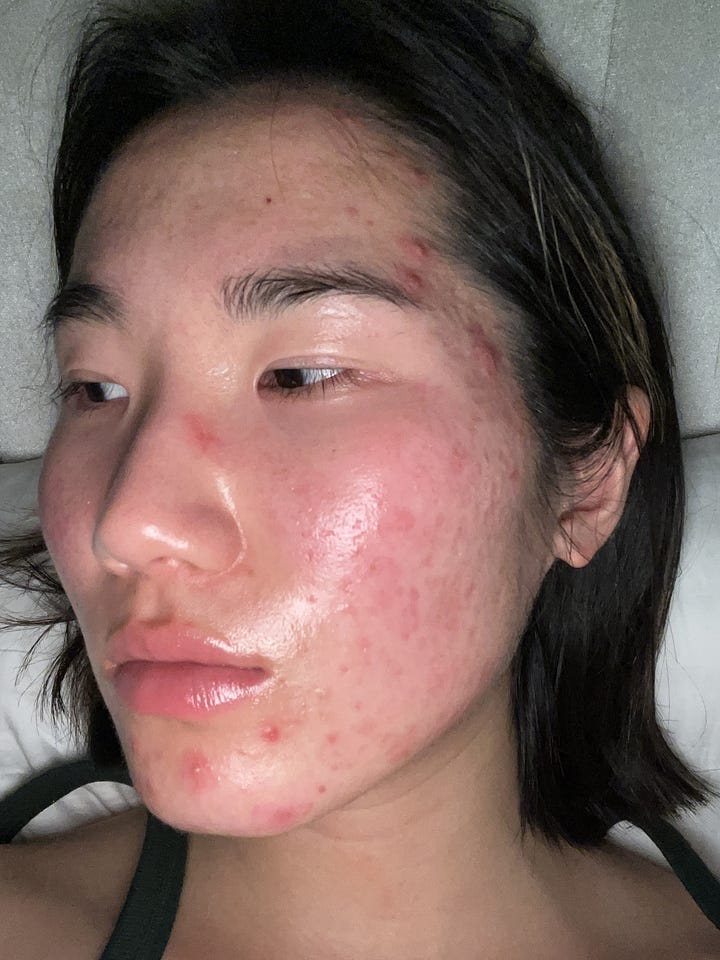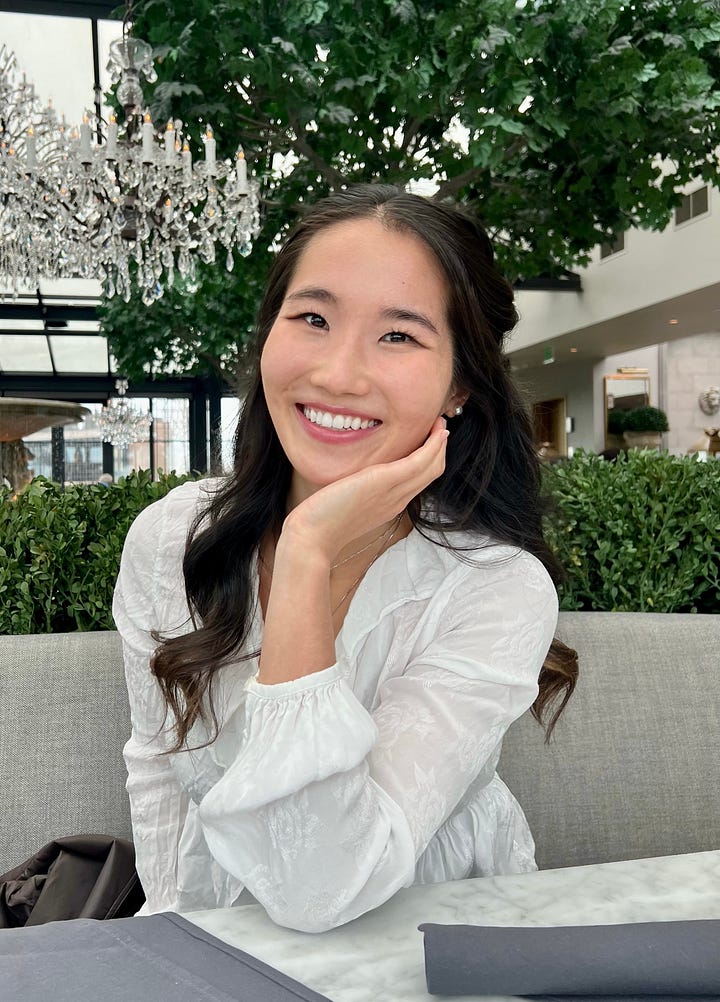What ACTUALLY Helped Me Reverse My Pre-Diabetes (In Just 3 Months)
Everything I wish someone told me after being diagnosed with pre-diabetes at 23.


How I Got Diagnosed
It was 2023, and I had just gone in for my annual gynecologist appointment, mostly to talk about my irregular periods (we’re talking absent for almost 3 years, then coming back only to be irregular again and never knowing when it’ll come, maybe one month, maybe six months) and persistent, painful, hormonal acne that no skincare product seemed to be able to control.
By this point, I had talked to dozens of doctors trying to figure out what was going on in my body… and all of it led to no clear explanation for why I was dealing with these symptoms. I was frustrated not only with the doctors who dismissed my cry for help & answers, but also at myself for feeling so out of control.
I felt like I was a stranger to my own body. I knew my body was unhappy through the signs it was giving me, like constant breakouts, thinning hair, irregular/absent periods, but I couldn’t figure out WHY and WHAT I was doing “wrong.”
And then, during another gynecological appointment, I got my routine bloodwork done.
That was the day I got diagnosed with PCOS.
I thought that was it. The explanation I’d been searching for. I felt overwhelmed, but also relieved to finally have an answer.
But a few days later, I got another call from my doctor.
“Hey, your A1C came back as pre-diabetic.”
And I was like… wait, what? Pre-diabetes??
I was confused. And I was scared. I thought I ate healthy. I worked out almost every day. I was considered slim — definitely not what I thought a “pre-diabetic 23-year-old” looked like. How could I be pre-diabetic?
What My Doctor Told Me
When I asked her, “But I feel like I eat pretty healthy — so what should I do?”
She kept it simple:
“You mentioned you eat rice with almost every meal. I’d start by lowering your rice intake and increasing your protein.”
That was my first big lightbulb moment. Clearly, I was going to have to make some changes quickly.
To give some context, I had gone vegan and gluten-free for about a year in college — one of my worst decisions, in hindsight. I did it NOT for health, but in hopes of clearing up my acne and losing weight. I cut out most of my protein (thinking it would make me bulky 🙃), dropped my calories wayyyy too low, and lived off gluten-free bread, white rice, sweet potatoes, fruit, and veggies.
Did I lose weight? Yup. 15 pounds in 3 months.
But my blood sugar? Totally out of whack.
Breakfast was a big bowl of oats and fruit.
Lunch? A salad.
Dinner? White rice with maybe one fried egg and soy sauce.
Objectively, all “healthy” foods but not balanced. And definitely not what my body needed. And that’s the first big rewire we all need to make. A “healthy” food does not mean you are wholly set. There is so much more to food than calories, and I’m going to demystify that here.
Before we dive in: This is what helped me. I’m not a doctor, just someone who felt really lost for a while and eventually figured out what works for my body. Take what resonates, leave what doesn’t, and always check in with your body and care team❤️
What Actually Helped Me Reverse My Pre-Diabetes (And Helped Me Manage My PCOS)
Here are the first five changes that really moved the needle for me. (And yes, there’s more. Let me know if you want a part 2!)

